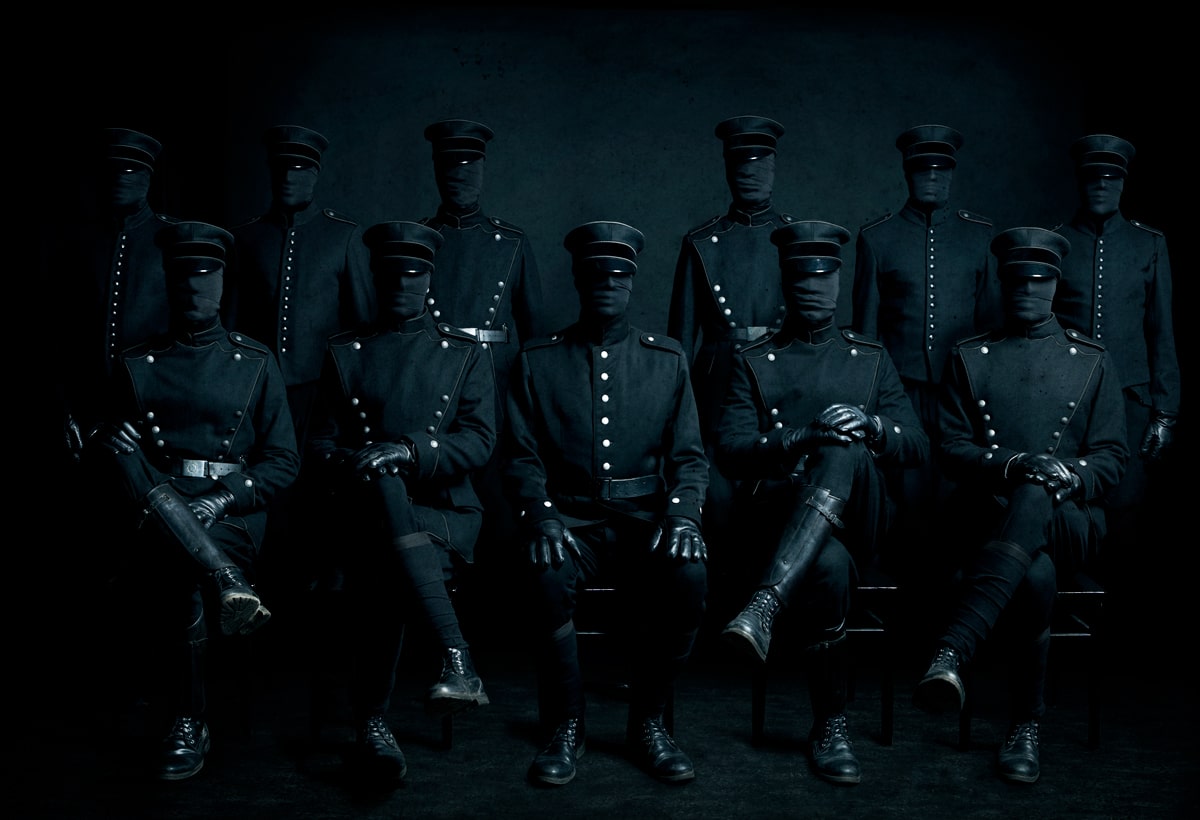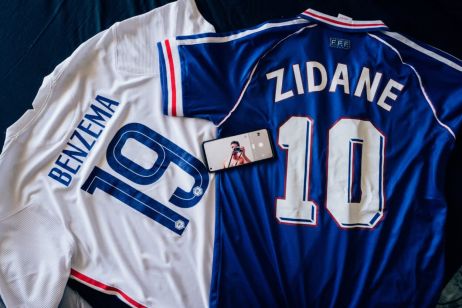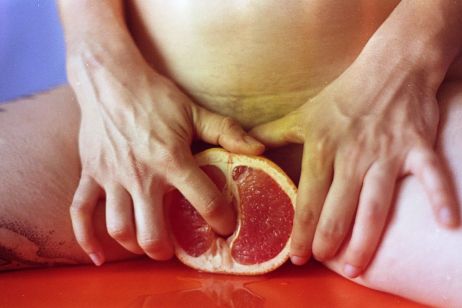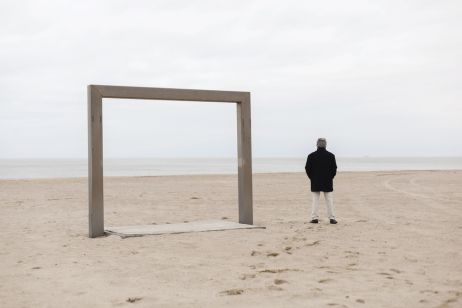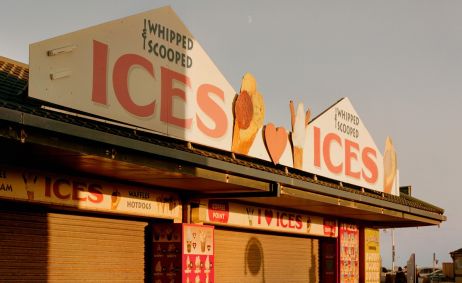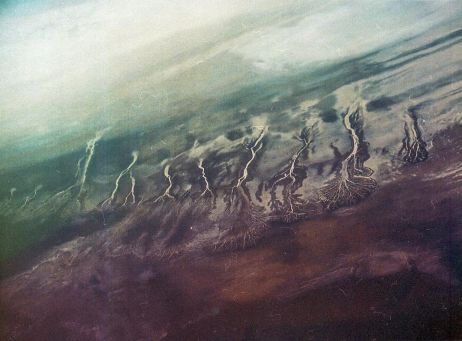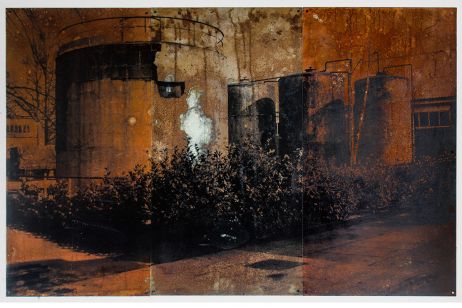In The Invisible Empire, the Finnish photographer Juha Arvid Helminen violently draws us into a dystopian nightmare. Facing the viewers with allegories of our vices, the artist imposes a collective introspection.
9 September 2006, Helsinki. A Smash ASEM demonstration is organised to protest against the holding of an Asia-Europe Meeting summit in the Finnish capital. Created in 1996, on the initiative of the former French and Singaporean leaders Jacques Chirac and Lee Kuan-Yew, ASEM aims to develop relations between the two continents. This project raised tensions, as it was heavily criticised by several left-wing movements. The protest quickly turned into a confrontation between demonstrators and the police. That day, photographer Juha Arvid Helminen saw “the dark side of the Finnish police”. In a country that promotes the importance of democratic values and the transparency of its leaders, “young men hidden behind their uniforms and hoods anonymously committed misconduct”. An unprecedented violence that radically influenced the young man’s artistic approach. But also his vision of the world. This – almost deathly – appearance of the masked soldier transcends the whole of his work to this day. The Invisible Empire draws on the symbolism of this memory and grants an inexorable look at the holders of the monopoly of legitimate violence. The result is a dark impression of the human condition. “It’s a great story about injustice, and about a certain kind of twisted beauty. We humans can’t help but make mistakes and repeat them – over and over again”, he says.
“I’ve always had an interest in the macabre side of things,” admits Juha Arvid Helminen. Dantesque nightmare or lucid observation? It’s hard to know, the dystopian dimension being so tangible. In a dark and impersonal setting, he depicts soldiers without homelands – like the police of an Orwellian state, carrying out the orders of an invisible hierarchy. Dressed in uniforms that undoubtedly evoke our collective memory of Nazism, his subjects impose themselves as followers of a tyrannical order. Weapons and fog emerge as traumatic anecdotes that the artist strives to portray. He even goes so far as to embellish them: “To be honest, I don’t think my works would be as powerful if I only hated this aesthetic,” explains the photographer. Despite a deep hatred for what these figures symbolise, he has great admiration for their uniforms. A duality persists. “I have to learn to love their appearance in order to create critical compositions… I guess it’s a bit messed up in a way,” the artist continues. But this duality is more of a paradox than a contradiction. When police violence becomes commonplace, and yet we still idealise the figure of the soldier in films… We all try to untangle our perceptions. How do we interpret the status of those who wear the uniform of the state?
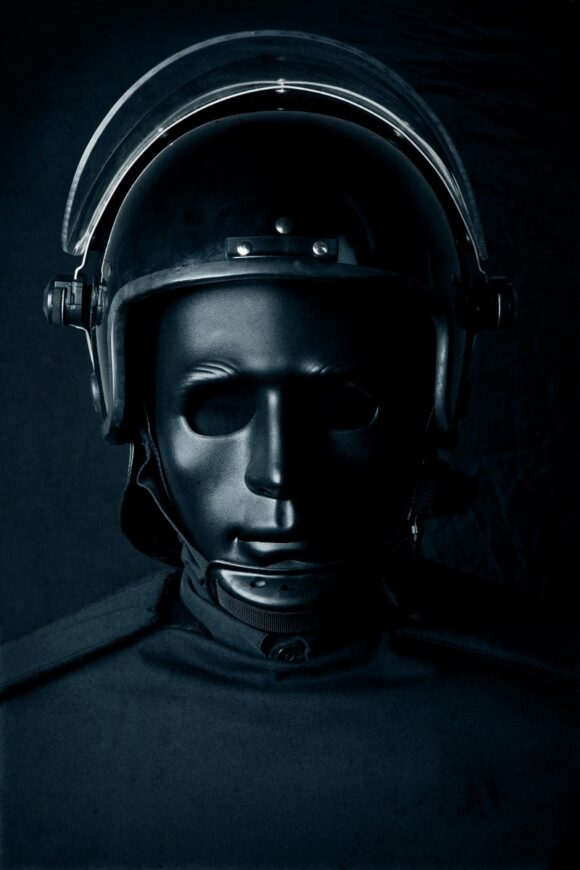
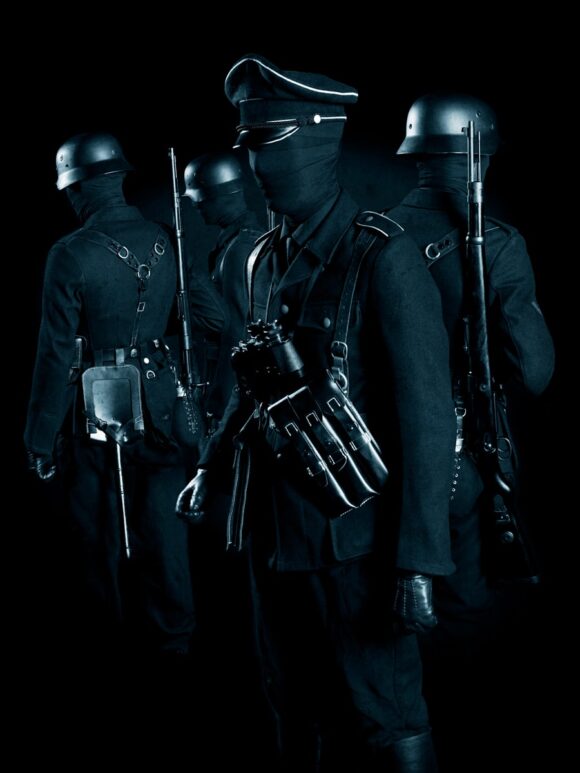
A collective introspection
“Like many artists before me, I try to build a world that reflects our problems and questions. It’s good to convey ideas in a way that doesn’t point fingers too much,
says the photographer. I’ve always wanted to emphasise that my work is about us, not about the other. It’s about the human condition”. And it is this darkness that we all carry within us that Juha Arvid Helminen seeks to expose. Not to celebrate it, but to reveal it – so we stop hiding from it. To establish a collective introspection and to look for a way out in the cyclical workings of our history. The Invisible Empire presents itself as a mirror for the viewer: a unique mirror that reveals what man does not admit to himself. “I use characters as props to convey ideas. It’s a way to challenge people and make them look, so that they start to rethink certain harmful behaviours,” explains the photographer. From the desire for wealth to political movements, from child abuse to religious violence, the artist highlights what he says is the common denominator of our excesses: the abuse of power. And by staging these soldiers, he allegorises this violence. “I cover their entire skin with black cloth, so that the public can identify with them – regardless of their ethnic origin. My subjects are universal,” he says.
Juha Arvid Helminen imposes emotion in his images more than he suggests it. His unapologetic aesthetics seize us. They trap us, bewitch us and force us to consider man’s failings. “We like to think that evil exists and there are certainly selfish people who exploit others… But they are a minority, he continues. The greatest crimes have been committed by men who thought they were doing something good. Evil is rare, but delusional minds are common”. But nowadays, the delusions of some are being met with growing general anger. People are beginning to wake up and condemn the excesses of power. “For example, to counter the xenophobia that is spreading around the world, many have started to fight racism. Black Lives Matter was born and we talked a lot about police violence,” says the artist. Far from solving the problem that is still too deeply embedded in our social relations, a path to redemption seems to be emerging. All we have to do is follow it. Fiercely human, The Invisible Empire stands out as a war cry – a passionate call for a collective introspection of our societies. If some artists invite us into dreams to question the world, Juha Arvid Helminen – with his uncompromising aesthetic – violently immerses us into a nightmare where we are forced to rethink our beings.
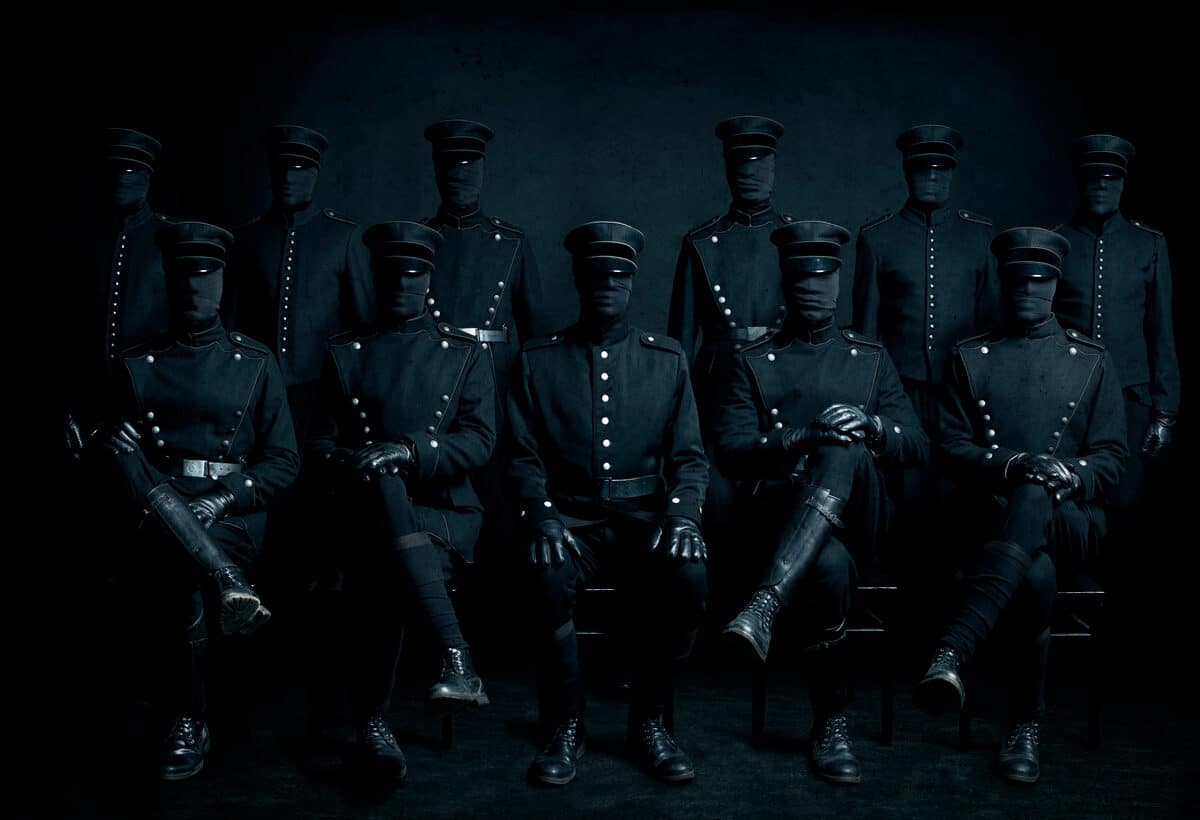

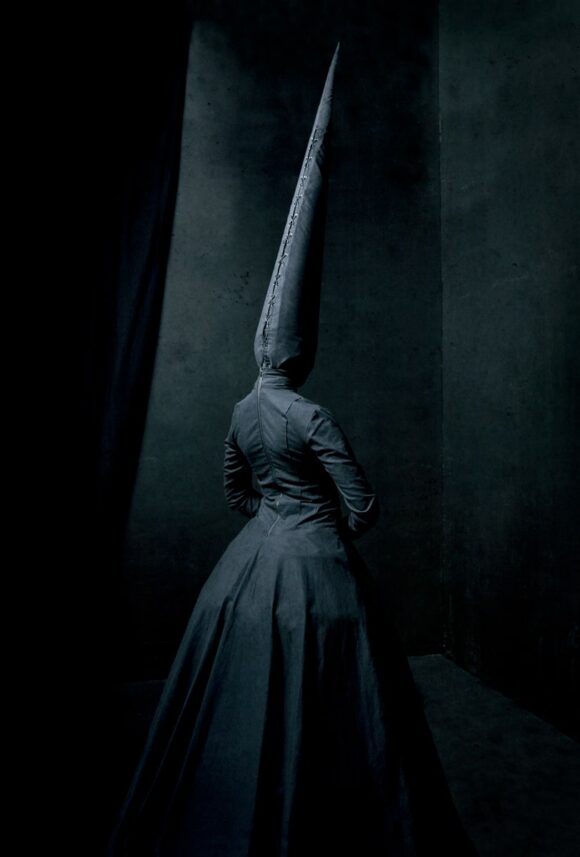

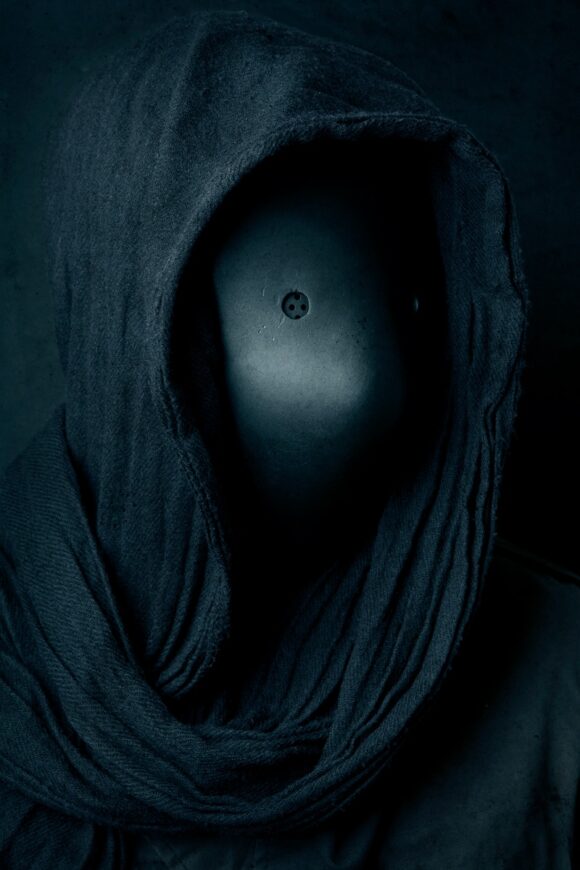
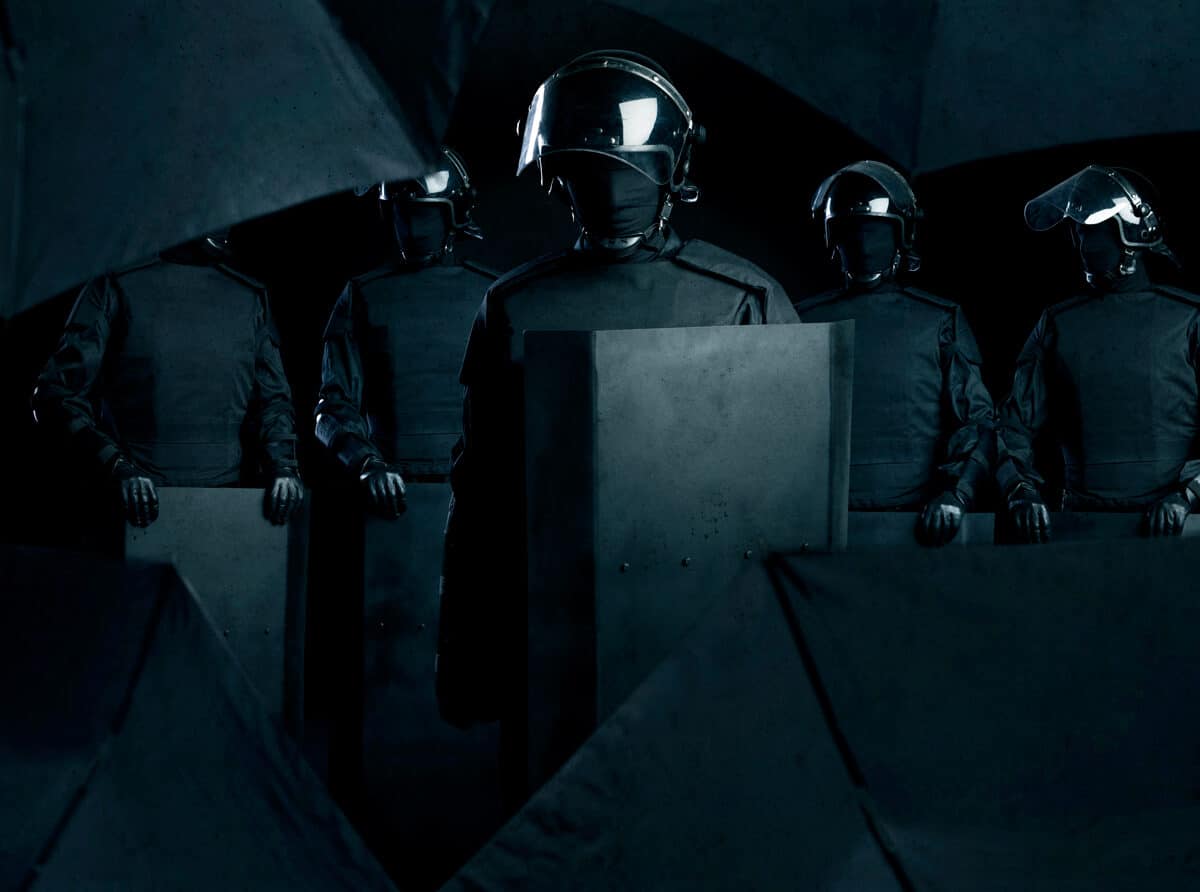
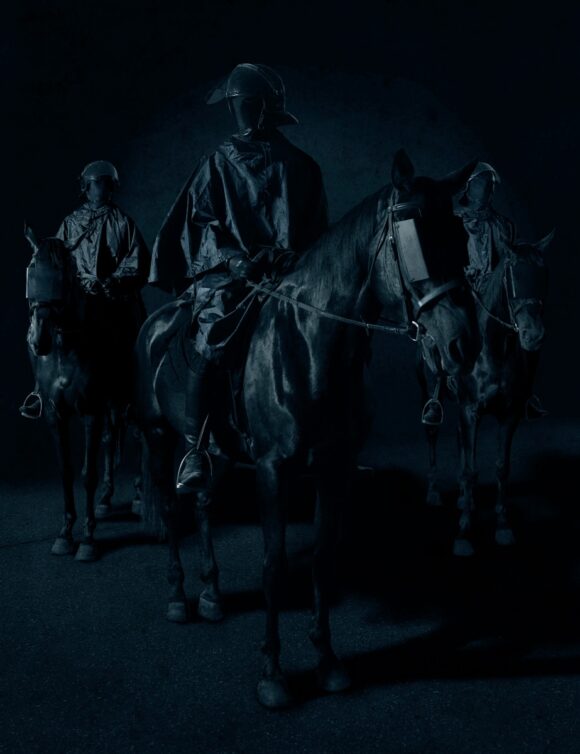
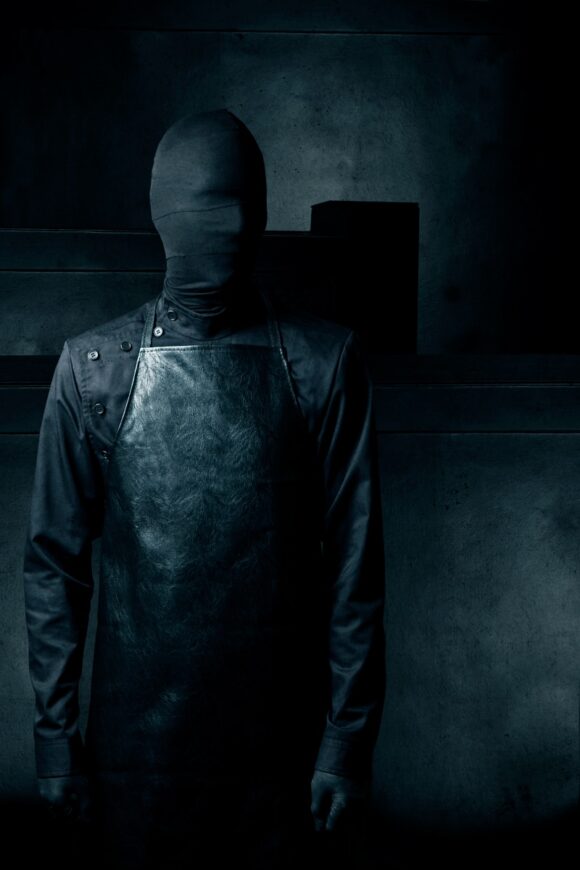
The Invisible Empire © Juha Arvid Helminen
